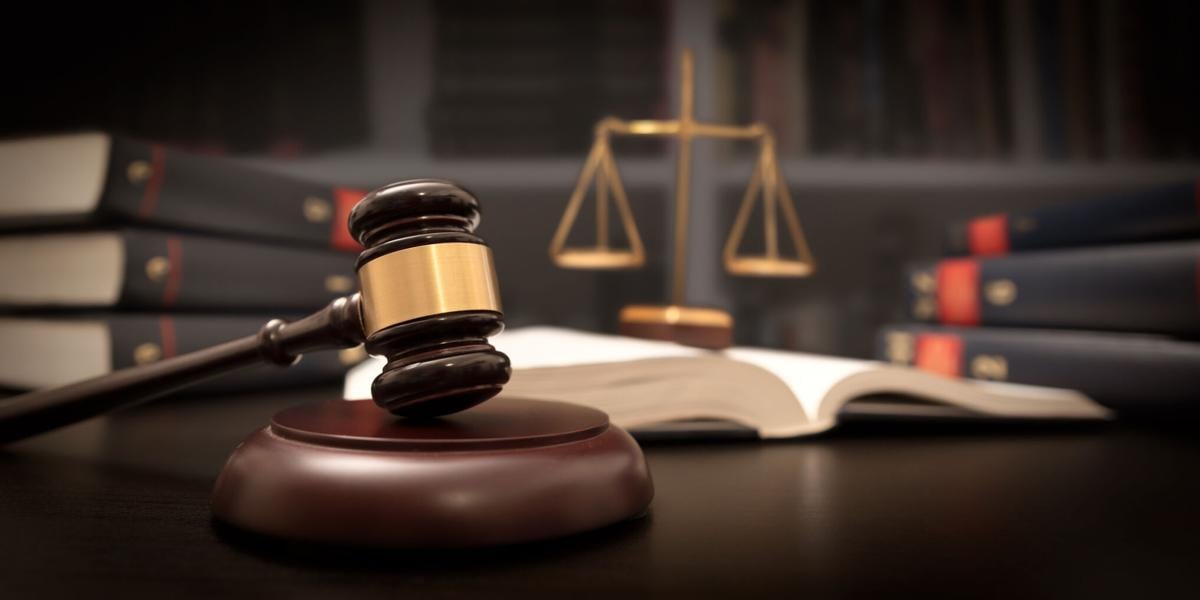PHOENIX — Election Day problems with tabulators and a judge’s refusal to extend voting hours in Maricopa County could give Republicans in Arizona legal ammunition to challenge the results if they lose.
And they’re already headed back to court next week to get what what they said are some missed votes restored.
Attorneys for GOP candidates and organizations argued Tuesday that the glitches in getting ballots read by machines at some Maricopa County polling places left some people unable to vote.
How many is unclear. Judge Timothy Ryan said at a Tuesday evening hearing that he saw no evidence anyone was denied an opportunity to cast a ballot.
But attorney Kory Langhofer said there is evidence that some people who could not get the tabulators to read their ballots at the first voting site they visited chose instead to go elsewhere.
Only thing is, he said, they were not granted a regular ballot when they showed up at the second site. That’s because the electronic poll books showed they had, in fact, voted at the first location.
What happened then, said Langhofer, is they were given a “provisional ballot,” something that occurs when there is a question about whether someone is eligible to vote. Only thing is, he said, these provisional ballots won’t get counted unless the judge orders the county to do so.
Langhofer said he currently has no count of how many ballots might be at issue.
But even just a handful could make a difference in some races. And not just at the legislative level.
Kris Mayes, the Democratic candidate for attorney general, was only about 4,000 votes ahead of Republican Abe Hamadeh, results Wednesday afternoon showed.
Ryan has scheduled a hearing next week to consider the issue.
Central to the legal fight is the fact that Maricopa County uses “vote centers,” allowing residents to cast a ballot at any location rather than having to go to a local precincts. That, however, means that election officials must print a unique ballot for each voter who shows up, one that contains only the races for which the person is entitled to vote.
It also places scanners at the sites, allowing voters to feed their ballots into the machines and watch as their ballots are tabulated. Most other counties simply take the voted ballots to a central location at the end of the day.
Only thing is, scanners at 60 of the county’s 223 vote centers would not read all ballots. That left voters with the choice of waiting until the problem was fixed, trying the ballot in a second scanner, depositing the ballot into a sealed box to be tallied later, or go somewhere else.
It ultimately was determined that the problem was that the ballots were not printing dark enough, meaning that markings, which help align them in the scanner, were not being read. County officials began altering printer settings in the afternoon.
According to the county, about 17,000 ballots were affected.
At a court hearing about 6:30 p.m. on Tuesday, Langhofer, representing GOP gubernatorial candidate Kari Lake, asked Ryan to keep the polls open for three hours beyond the scheduled 7 p.m. closure. He said that would provide time for those who left polling places to return and cast a ballot.
Langhofer, also speaking for Republican Senate hopeful Blake Masters and the Republican National Committee, said some people go to the polls because they want to watch their ballot being tabulated, creating the possibility they walked away instead.
That argument did not sway Ryan, pointing out these people had the option of depositing their ballots in the sealed box, even if they didn’t like the process.
“It might have been a little unorthodox in their view,” Ryan said. “But from what I’ve seen, they all got a collection of their vote, whether it was a provisional vote or put in a box that was collected and retained.”
And the judge said he assumes that under county protocols the votes deposited in the box will be processed — and that voters will be able to check online after Election Day to be sure that their ballots were counted.
That was backed up by Bill Gates, who chairs the county board of supervisors.
“Every voter had the opportunity to vote and have their vote counted,” he said, even as he apologized for the problems.
That, however, still leaves the question of those who Langhofer said chose to go to a second location after their ballots could not be scanned.
Theoretically, the decision to leave should have resulted in a notation in the electronic polling book that no ballot was cast, permitting a second attempt. But Langhofer told Ryan of one specific voter who, on showing up at the second site, was told he could not cast a regular ballot because the record showed he had voted at the first site.
If there are enough of these situations, Langhofer told Ryan on Tuesday night, the results would be affected.
“It’s entirely possible that this issue, this disenfranchisement of voters today in Maricopa County, could determine who’s our governor for the next four years and the majority control of the United States Senate,” he said.
And then there’s the fact that missing Election Day votes may favor GOP candidates. That’s because typically in Arizona Republicans are more likely than Democrats to go to the polls on election day rather than vote early by mail.
The problems that developed Tuesday only fueled doubts among some about the election system, many of those who have continued to insist, without evidence, that the 2020 election was stolen from Donald Trump. They particularly focused on Maricopa County, getting Senate President Karen Fann to order an audit after a strong official tally for Joe Biden proved sufficient to overcome support for Trump elsewhere.
See how election ballots are sorted, secured, processed and counted in Pima County after you vote.





